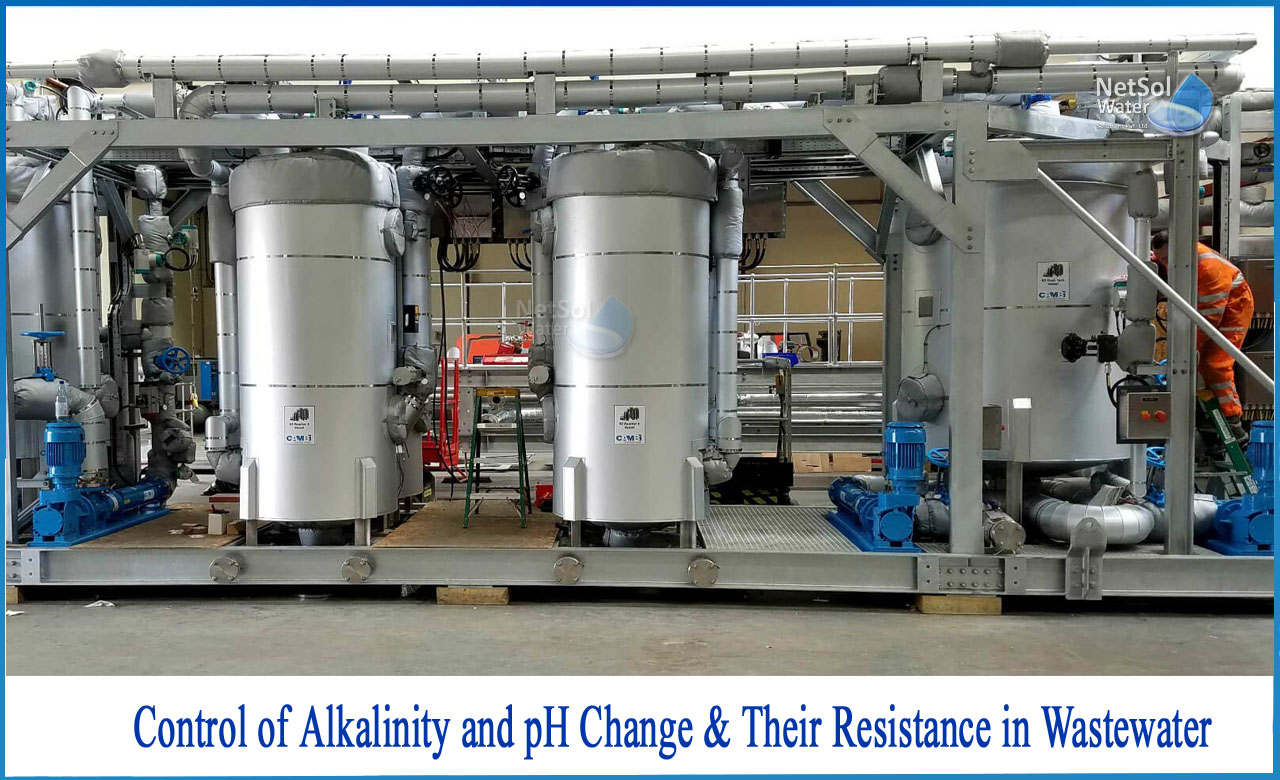What is the true cost of boiler water treatment?
There is a lack of easily available information about boiler water treatment procedures and their prices. Knowing which aspects are vital and which amount of treatment is required will be critical for determining your expected monthly costs to have a great water treatment programme for a new business or first-time management.
A good software will arrange the chemical injection locations exactly, resulting in lower water and energy expenses. In addition, an effective programme should address the following:
1: Internal corrosion, including pitting and general corrosion, as well as scale management and sludge treatment. Pitting and general corrosion must be avoided in order to avoid leaks and boiler tube replacement. Scale prevention and sludge control will ensure that your boiler internals are not insulated, that your fuel consumption does not rise, and, in some extreme circumstances, that tube failures do not occur.
2: Before the water enters the boilers, feedwater treatment ensures that any dissolved oxygen is eliminated or treated. Pitting occurs as a result of dissolved oxygen, resulting in holes in the boiler tubes.
3: Condensate corrosion protection ensures that when steam condenses back to liquid water, the pH is maintained so that it can be reused as boiler feed water.
4 key principles are used to establish a cost analysis when discussing your Boiler Treatment programme with a Water treater:
1: The type of system that will be treated: Process and comfort heating systems are the two types of steam boiler systems.
>Comfort heating systems are often used to provide heat for a building during the winter months. In the summer, they can run at a lower load to supply hot water for the building.
>Process systems utilise steam in a manufacturing process and can run for as little as a few hours per week to as much as 24 hours per day and night. Return condensate is another cost-driving component in a process system. The more condensate that is returned to the boiler feedwater tank, the more make-up water is required. Down returned condensate systems can range from 80-90 percent to 0 percent.
2: Treatment equipment:Treatment equipment for a steam boiler system ranges from manually adding treatment to total automation of chemical feed and surface blow down. Installing blow down controls, chemical feed pumps, timers, and chemical feed injection sites are the most effective solutions for automating the other activities. All of them can be set up to create a system that requires little to no in-house management. Costs might range from a few hundred rupees to thousands of rupees, depending on the system requirements.
3:Water Quality: The more your water has been treated before it is used, the less it will cost. Water quality varies from unsoftened city water to softened water from private wells (which is a recommended minimal source for steam boilers, to RO or DI make up water).
4: Personnel availability: Maintaining your system can be done in a variety of methods, depending on the size and availability of your firm. Some plants or buildings have on-site staff who can maintain the chemical treatment programme, add treatment blow down boilers, and test or monitor boiler water at regular intervals, making adjustments as needed.
Some buildings have insufficient employees and resources to perform this correctly, if at all. This will also decide the type of servicing programme that your water treatment vendor will be expected to provide. For firms looking to save money, it may be worthwhile to have someone in-house ready to take on this additional duty, reducing the cost of the boiler treatment service from the cost of boiler treatment.
Conclusion
A company with a 300 HP steam boiler would pay somewhere between Rs. 65,300 and Rs. 78,600 a month to cure it.
The cost difference would be determined by the amount of steam lost and not recovered as condensate return, as well as the run time and water quality. Lower quality make-up water, as well as a low amount of condensate return, are often the culprits as treatment costs climb.
In contrast, if the quality of the feed water improves and there is less steam loss, the expenses will drop dramatically. In the end, proper treatment programmes lower overall expenditures over the boiler's lifetime. This includes spending money to keep all ancillary equipment in good working order. Routine service visits, effective chemical treatment programmes, and making recommended equipment changes as needed are all things that businesses should invest in.
Cooling tower water treatment is simple using Netsol Water. We can help increase the performance and efficiency of your cooling towers with our water treatment expertise and comprehensive array of products.
Contact Netsol today to learn how you can improve the performance and longevity of your cooling tower water treatment system.
Netsol Water is Greater Noida-based leading water & wastewater treatment plant manufacturer. We are industry's most demanding company based on client review and work quality. We are known as best commercial RO plant manufacturers, industrial RO plant manufacturer, sewage treatment plant manufacturer, Water Softener Plant Manufacturers and effluent treatment plant manufacturers. Apart from this 24x7 customer support is our USP. Call on +91-9650608473, or write us at enquiry@netsolwater.com for any support, inquiry or product-purchase related query.



